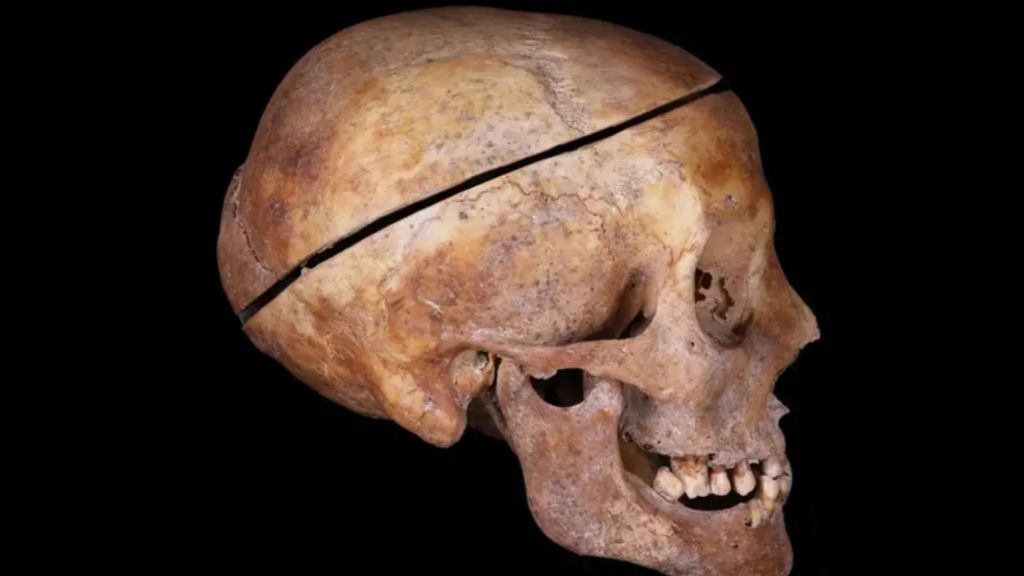
Embalming, once thought to be exclusive to ancient Egypt or South America, has now been identified in Europe. Recent study of the crypts found at Château des Milandes in Castelnaud-la-Chapelle, Dordogne, France, provide evidence of this practice. Findings suggest that European aristocracy used embalming techniques in the 16th and 17th centuries.
Archaeologists from the Austrian Academy of Sciences (ÖAW) studied the remains of seven adults, five children and an individually mummified woman to identify the very first instance of embalming of children and adults, all belonging to the aristocratic Caumont family, who lived during the Early Modern period in France.
“Our examinations of a complete individual and the almost 2,000 fragments show a careful and highly standardized technical treatment of the deceased, which is similar for adults and children. This shows a know-how that has been passed down for over two centuries,” said Caroline Partiot from ÖAW.
Embalming practices in Europe
A study published in the science journal Nature notes that, unlike Egyptian mummification, medieval and early modern embalming in Europe focused on slowing decomposition, not long-term preservation. The goal was to display the body of a privileged person during their funeral. This practice was even more significant when the person died far from home.
Advertisement
Advertisement
“According to medical sources, for purposes of necropsy or embalming, all internal organs, including the brain, were removed before the corpse was washed and filled with balsam and aromatic substances,” the paper said. These include mummified soft tissues and odoriferous substances.
Researchers delved into the modus operandi of the embalming technique based on the cut marks found on the skeleton. Particularly noteworthy was the precise skinning of the entire body, including the limbs, fingertips and toes.
These methods are identical to the procedure described in 1708 by the then leading French surgeon Pierre Dionis. The process was used in an autopsy conducted in Marseille during the 18th century.
Cases of embalming among multiple individuals belonging to the same family are quite rare in archaeological records. The remains of both children and adults from the noble family show embalming traces on cranial and postcranial elements.
Elite status of the Caumont family
Anthropological study revealed that the 12 individuals were buried in the crypt over nearly two centuries ago. Researchers reassembled the craniofacial remains following a specific protocol and labeled them A to G for adults (n=7) and H to J for immature individuals (n=3). They identified two additional immature individuals through the biological examination of postcranial remains. Including individual ML2021 (cranium K).
Advertisement
Advertisement
The embalming practices uncovered at Château des Milandes reflect a long-standing tradition within the Caumont family, emphasizing their high social status. “The application to family members, regardless of age at death and gender, also reflects the acquisition of this status by birth,” said Partiot.
François de Caumont, lord of Caumont and Castelnaud constructed the Château des Milandes in the late 15th century. It is located on the western edge of Castelnaud-la-Chapelle, now known as Josephine Baker’s residence from 1947 to 1968.
EMEA Tribune is not involved in this news article, it is taken from our partners and or from the News Agencies. Copyright and Credit go to the News Agencies, email news@emeatribune.com Follow our WhatsApp verified Channel




